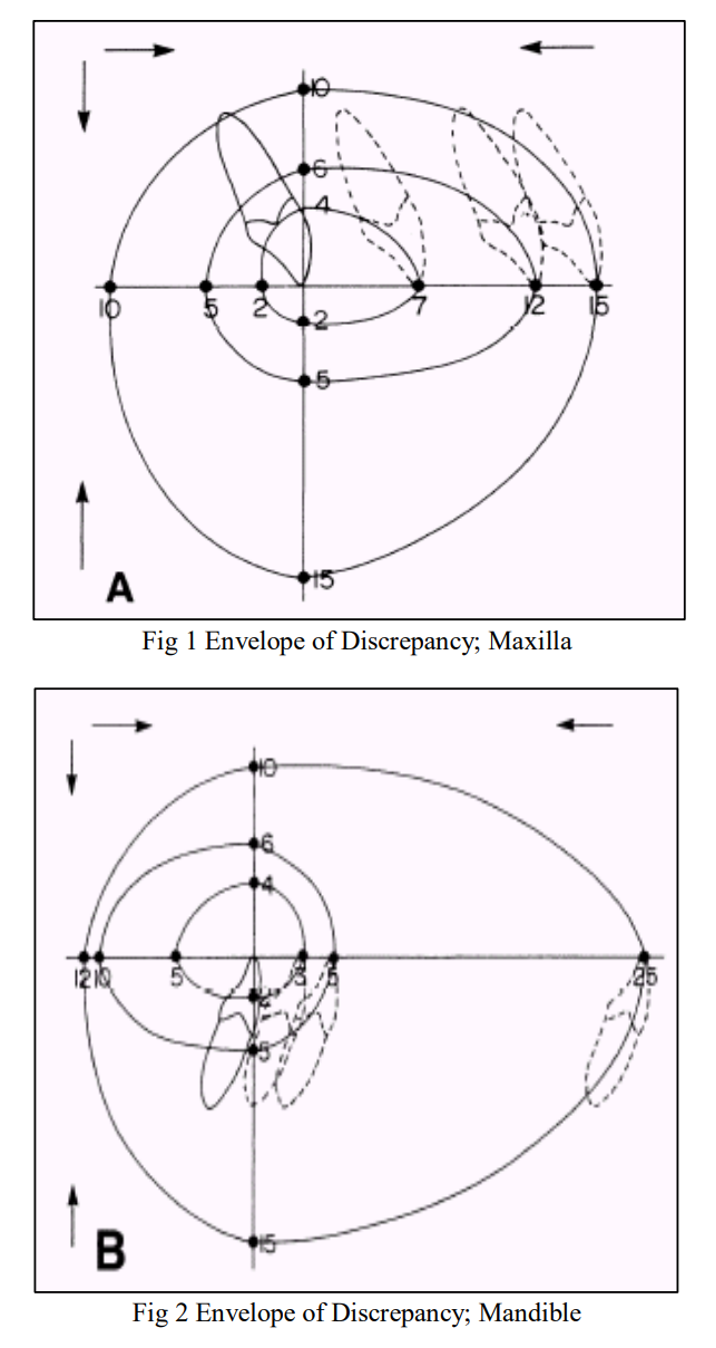- Who We Are
- What We Do
- For Kids + Teens
- For Adults
- Your 1st Visit
- Help Me With
- Find Us
- Who We Are
- What We Do
- For Kids + Teens
- For Adults
- Your 1st Visit
- Help Me With
- Find Us
Jaw surgery to correct skeletal imbalance is a major undertaking, and all alternatives to jaw surgery must be evaluated before finalizing on a jaw surgery plan.
Yes, and maybe.
For young kids showing early signs of an imbalanced jaw relationship, please bring your child for a consultation at MyBracesClinic as early as 7 years old. This is one of the reasons why the American Association of Orthodontists recommends that 7-year-olds be screened by an Orthodontist trained to diagnose and manage young children.
With early diagnosis and the right indications, growth modifications can be applied to prevent problems from snowballing and help make complex problems easier to handle in the future. Treatment solutions vary according to the type and severity of the jaw imbalance and the age at which your child seeks help.
Late teens and adults with mild to moderately severe jaw imbalance can be treated with camouflage orthodontics.
Camouflage Orthodontics is an alternative to jaw surgery. For camouflage orthodontics, we accept the underlying jaw imbalance but orthodontically move teeth into a better bite to disguise and make the jaw imbalance appear ‘less obvious.’ This is done by changing the angulation and position of the front teeth to compensate for the jaw imbalance. This approach has benefits, challenges, and limitations, and it is best to consult with our Orthodontic team to understand if camouflage orthodontics as an alternative to jaw surgery is suitable for you or your child.
There are limitations to camouflage orthodontics, such as the thickness of the bony housing, lip and nose aesthetics (which will be discussed during your consultation with us). If the skeletal jaw imbalance is too great and pushes against the limitations of camouflage orthodontics, then a surgical approach to achieve better dental and facial aesthetics, dental health, and stability should be seriously considered.

This is an illustration of Proffit and Ackerman’s Envelope of Discrepancy. It describes the limitations and possibilities of the three basic treatment options for jaw discrepancies (Camouflage orthodontics, Dentofacial Orthopedics and Corrective jaw surgery).
The smallest inner circle represents the limitation of camouflage orthodontics, which achieves lesser outcomes compared to the next two treatment options.
The middle circle represents dentofacial orthopedics. This option produces a greater treatment range than braces alone but less than braces with jaw surgery.
The largest outer circle represents corrective jaw surgery, which can achieve the greatest treatment change.
With the advancement of orthodontics, such as Microimplants, which are small, temporary bone supports, we can now stretch the treatment range for camouflage orthodontics.
Proffit, W.R. and Ackerman, J.L. (1982) Diagnosis and Treatment Planning. In: Graber, T.M. and Swain, B.F., Eds., Current Orthodontic Concepts and Techniques, Chapter 1, Mosby, St. Louis, 3-100.
At MyBracesClinic, we strongly believe patients should know the various treatment options available to solve their bite and facial profile problems. We will present these treatment options and discuss the pros vs. cons of each plan. Let’s balance these points with your input and feedback to reach an informed decision together.
Jaw surgery is a major surgery that may take some time to recover. In the 2-3 weeks after surgery, expect facial swelling, bruising, difficulty in chewing, and some transient numbness of the lips, chins, and cheeks. While recovering from jaw surgery, you might need to adjust your lifestyle, diet, and other aspects of your daily life. Your Oral Surgeon will advise you about the surgical treatment plan and recovery process at the surgical consultation.
Dramatic swelling is expected in the first week after surgery. One may see some signs of healing about 3 weeks after the jaw surgery in Singapore. However, the full recovery process may take up to 12 weeks. Thus, the whole surgery and recovery process can greatly affect the patient’s lifestyle in the 3-6 weeks immediately after surgery. .
It is best to visit an orthodontist for proper diagnosis as you may not actually need such a major treatment plan. Your orthodontic doctor will advise you whether there is a need for jaw surgery or if your teeth and jaw alignment can be corrected with orthodontic braces instead.
You will not be able to do many things in the first 3 weeks immediately after the jaw surgery, such as active sports, drinking alcohol, chew hard/ crunchy food etc. Your orthodontic doctor will discuss them with you and what alternatives you may apply right before your decision if you want to proceed with the jaw surgery or not.
Jaw surgery is not without risks and costs. Therefore, it is important to be evaluated by MyBracesClinic’s trained and experienced Orthodontic Team to explore all possibilities, pros and cons before deciding. Please bring along your family for this important consultation.
Do WhatsApp us for an appointment.
Your trusted partner for orthodontic excellence, crafting beautiful smiles with expertise, care, and the latest technology.
For a faster response, please WhatsApp your preferred MBC branch:
"*" indicates required fields